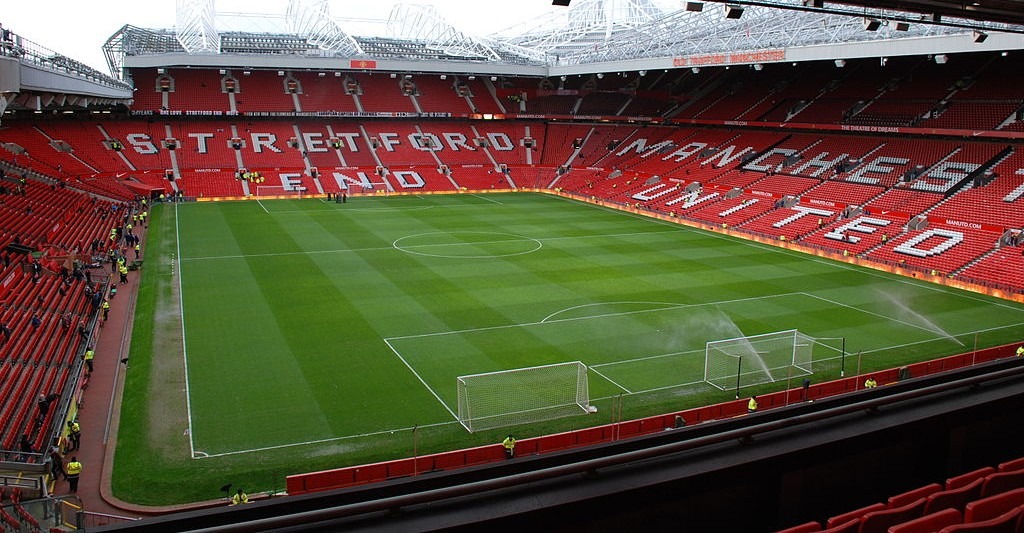Manchester United receive government backing for new 100,000-seater stadium
Earlier this month, Manchester United announced their plans to construct a brand new stadium, aptly named New Trafford, as the “centrepiece of the regeneration of the Old Trafford area.”
In recent times, the club’s historic Old Trafford venue has been subject to safety concerns and ridicule online, with videos circulating highlighting flooding and leakage issues. United have played at the site for well over a century, the stadium’s maintenance having been neglected during two decades of ownership under the Glazer family.
The stadium and its associated regeneration project in the area has the potential to deliver an additional £7.3bn per year
The announcement succeeds new minority shareholder Sir Jim Ratcliffe’s accession to the premiership of the club’s sporting operations last year. British billionaire Ratcliffe, chairman of the INEOS chemicals group, previously publicised his intentions to build a “Wembley of the North”.
Ratcliffe’s tenure, though, has come under intense scrutiny having implemented extreme cost-cutting measures to rescue the club’s cannibalistic finances, including making a total of 450 members of staff redundant and cancelling the staff Christmas party.
Club spokespersons assert that the stadium and its associated regeneration project in the area has the potential to “deliver an additional £7.3bn per year” to the national economy, create 92,000 new jobs, and construct more than 17,000 new homes.
Mayor of Greater Manchester Andy Burnham believes that the project is a “huge opportunity” for the city, comparing it to that of Stratford, East London before and after the 2012 Olympics, and insists that no public money would be allocated towards its construction.
The project has also received backing from the government, with Secretary of State for Culture, Media and Sport Lisa Nandy keen to “maximise the benefits of projects like these for the communities that they serve.”
While it could prove to be a springboard for economic revitalisation, local fans will likely be priced out from being able to support their club
Despite promises that the new stadium is to be located on the same grounds as Old Trafford, the reaction among the club’s fanbase has been mixed at best. Whilst many fans were unnerved by the club’s plans to move from their historic venue, others emphasised the social and economic benefits of decentralising the national sports scene away from London and Wembley Stadium.
The truth is, the project will likely bring both benefits and detriments to the club and the local community. While it could prove to be a springboard for the economic revitalisation of the North as a whole, local fans will likely be priced out even further from being able to support their club live.
Of late, Manchester United have come under scrutiny for poor treatment of season ticket holders, and this week announced a further five percent increase to season ticket prices.
Local fans have interpreted this as an attack on them, the club appearing to systematically reduce the number of season ticket holders in their efforts to prioritise catering for the increasingly lucrative tourist market.
Perhaps Liverpool’s recent regeneration of their Anfield home serves as the prime example of how to increase capacity and revenue, as well as retain its traditional feel. The main stand expansion project was completed in 2016, increasing Anfield’s capacity to 54,074, while the Anfield Road Stand redevelopment completed last year saw the capacity rise to 61,000. Local residents, though, are still yet to see the promised redevelopments in the local area promised in 2014.
If, though, Ratcliffe can reconcile his trust with the club’s fanbase, the stadium plans could see Manchester United finally reemerge into the global footballing elite.

Comments